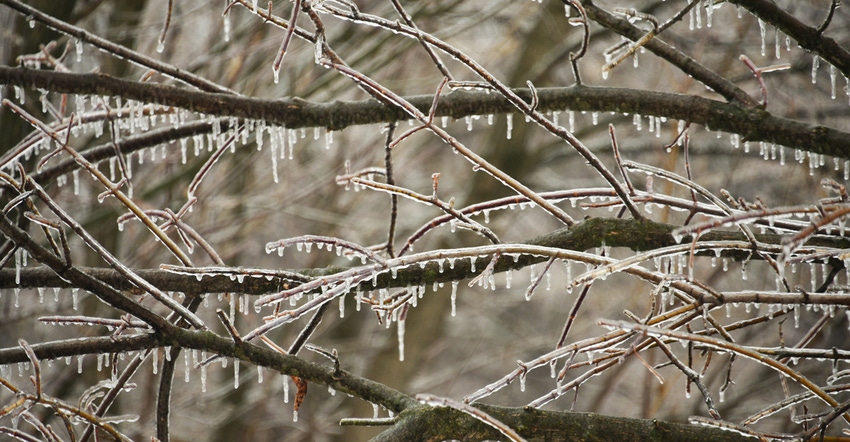January 11, 2022

For most places in Minnesota, February, on average, is the driest month of the year, with monthly normal precipitation ranging from about half an inch or just over 1 inch, and monthly normal snowfall ranging from 7 to 10 inches in most places.
February 1922 was by far the wettest in state history, and primarily because of two large-scale winter storms that passed over the state. Both storms delivered a mixture of rain, sleet and snow in great abundance.
The state climate station network back in 1922 encompassed 86 communities of all sizes. The statewide average precipitation for 1922 was 1.98 inches, and the statewide snowfall for the month was 17.8 inches. For context, February 2019 was the wettest in the post-World War II era, and it showed a statewide average of 1.72 inches of precipitation and 13.5 inches of snowfall.
Two-thirds to three-fourths of those monthly totals came in just two storms, both slow-moving and very intense. The first winter storm, on Feb. 1, 1922, delivered 0.5 to 1.5 inches of precipitation to many places, with heavier amounts in the southern counties.
More than 50 climate stations reported daily record precipitation values, many of which still stand today, including 1.5 inches at Pipestone and 1.45 inches at Grand Rapids. Scores of daily snowfall records were set, many of which still stand today as well, including 12 inches at Detroit Lakes and 10 inches at Canby.
The second major winter storm crossed the state over Feb. 22-23, bringing 1 to 2 inches of precipitation to many areas, as well as 15 to 20 inches of snowfall to central Minnesota counties.
The 3 inches of precipitation measured at Willmar on Feb. 22 is still a statewide record for the date and one of the largest values ever measured in February. At Detroit Lakes, they measured 2.35 inches on Feb. 23, and that is still a statewide record as well.
The two-day storm produced more than 100 daily precipitation and snowfall records. Roads, schools and businesses were closed.
February 1922 remains today the snowiest in history for many locations in Minnesota, including Two Harbors with 47 inches, Detroit Lakes with 43 inches, Milaca with 41 inches, and Fergus Falls with 30.8 inches. The 25 inches of snowfall measured at Detroit Lakes in Becker County on Feb. 23 remains the highest single-day snowfall ever measured during the month of February in Minnesota.
On the last day of the month, many portions of the state landscape were covered in 2 to 3 feet of snow. It was one of the few winter seasons in Minnesota history when February turned out to be the snowiest month.
Seeley is an Extension professor emeritus of meteorology and climatology at the University of Minnesota.
About the Author(s)
You May Also Like




